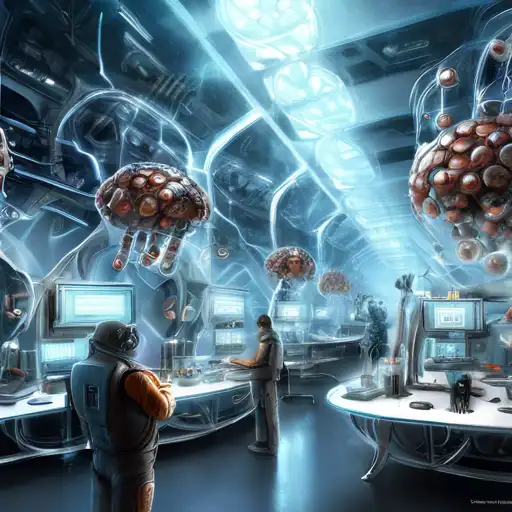Introduction to Nanotechnology
Nanotechnology, the science of the incredibly small, is making waves across various industries by offering solutions that were once thought impossible. This technology operates at the nanoscale, dealing with structures less than 100 nanometers in size. To put that into perspective, a single sheet of paper is about 100,000 nanometers thick. The potential applications of nanotechnology are vast, ranging from medicine to environmental science, and beyond.
The Science Behind Nanotechnology
At its core, nanotechnology involves the manipulation of matter at the atomic or molecular level. This allows scientists and engineers to create materials and devices with highly specific properties. For example, carbon nanotubes are stronger than steel yet incredibly lightweight, making them ideal for a variety of applications, including aerospace and construction.
Applications of Nanotechnology
The applications of nanotechnology are as diverse as they are revolutionary. In the medical field, nanoparticles are being used to target cancer cells directly, minimizing damage to healthy tissue. In electronics, nanotechnology has led to the development of faster, more efficient devices. Environmental applications include the use of nanomaterials to clean up oil spills and purify water.
- Medicine: Targeted drug delivery, improved imaging techniques.
- Electronics: Smaller, faster, and more energy-efficient devices.
- Environment: Pollution control, water purification.
- Energy: More efficient solar panels, better battery storage.
Challenges and Ethical Considerations
Despite its potential, nanotechnology faces several challenges. These include technical hurdles, such as the difficulty of manufacturing at the nanoscale, and ethical concerns, such as the potential for misuse. It's crucial for the scientific community to address these issues to ensure the responsible development of nanotechnology.
The Future of Nanotechnology
The future of nanotechnology is bright, with ongoing research opening up new possibilities every day. From self-healing materials to quantum computing, the potential applications are limitless. As we continue to explore the nanoscale, we can expect to see even more groundbreaking innovations that will transform our world.
For more insights into how technology is shaping our future, check out our articles on innovation and future tech.
